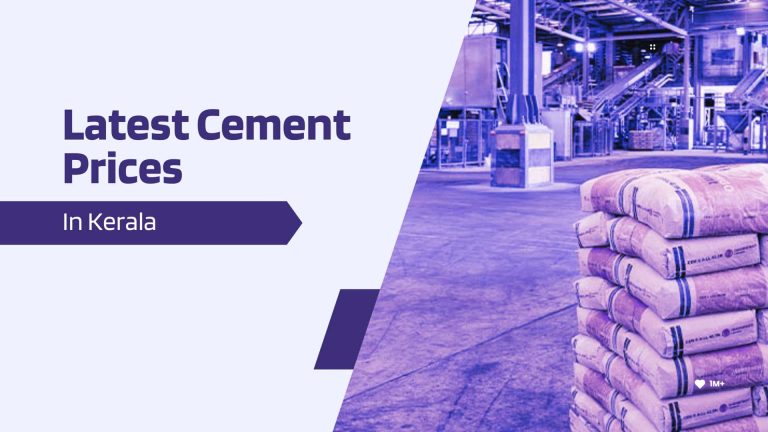Work Hours
Monday to Friday: 7AM - 7PM
Weekend: 10AM - 5PM
Why this is the perfect time for Construction Technology?
The construction sector is one of the largest in the world economy, with about $10 trillion being spent on construction-related goods and services every year. However, the industry’s productivity has barely improved over the last two decades. With the huge penetration of smartphones and plummeting data costs, this is the most opportune time for Construction Technology to play an important role in improving onsite productivity.
Some of the points from the study conducted by Mckinsey which reaffirm the above point are mentioned below:
1. Globally, the construction sector labour-productivity growth averaged 1 per cent a year over the past two decades, compared with 2.8 per cent for the total world economy and 3.6 per cent for manufacturing. In a sample of countries analyzed, less than 25 per cent of construction firms matched the productivity growth achieved in the overall economies where they work over the past decade. Absent change, the global need for infrastructure and housing will be hard to meet. If construction productivity were to catch up with the total economy, the industry’s value-added could rise by $1.6 trillion a year. That would meet about half of the world’s annual infrastructure needs or boost global GDP by 2 per cent. ƒ
2. The new MGI Construction Productivity Survey confirms many reasons for this poor performance. Informality and sometimes corruption distort the market. Construction is highly fragmented. Contracts have mismatches in risk allocations and rewards, and often inexperienced owners and buyers find it hard to navigate an opaque marketplace. The result is poor project management and execution, insufficient skills, inadequate design processes, and underinvestment in skills development, R&D, and innovation.
3. The productivity performance of global construction is not uniform. There are large regional
differences and major variations within the industry. The sector splits broadly in two: large-scale
players engaged in heavy construction such as civil and industrial work and large-scale housing, and a large number of firms engaged in fragmented specialized trades such as mechanical, electrical, and plumbing work that acts as subcontractors or works on smaller projects like refurbishing single-family housing. The first group tends to have 20 to 40 per cent higher productivity than the second. However, even in the more productive heavy construction sector, there are endemic—potentially structural— challenges in meeting cost and schedule commitments on megaprojects, and players routinely subcontract specialized trades.
4. Examples of innovative firms and regions suggest that acting in seven areas simultaneously could boost productivity by 50 to 60 per cent. They are: reshape regulation; rewire the contractual framework to reshape industry dynamics; rethink design and engineering processes; improve procurement and supply-chain management; improve on-site execution; infuse digital technology, new materials, and advanced automation; and reskill the workforce.
5. Many barriers to higher productivity and ways of overcoming them have been known for some time, but the industry has been in deadlock. Most individual players lack both the incentives and the scale to change the system. However, there are forces lowering the barriers for change: rising requirements and demand in terms of volume, cost, and quality; larger-scale players and more transparent markets, and disruptive new entrants; more readily available new technologies, materials, and processes; and the increasing cost of labour with partial restrictions on migrant workers. Construction-sector participants should rethink their operating approaches to avoid being caught out in what could be the world’s next great productivity story.
We are building an application (we call it ONSITE) that will help contractors manage their project site. Onsite application is useful for contractors as well as their project teams and includes tracking and reporting of Work Progress, Labor attendance & Salary, Raw Material and Expenses, and Viewing of Design/Drawings, Site Photos and other documents. Presently, contractors use WhatsApp or a physical Diary for site information, which is inefficient and often times irretrievable. This app will help in efficient site operations through better information management and hence in improved profitability, scalability and customer experience. Onsite app will be useful across all segments of construction (real estate and infrastructure both) supporting construction work of USD 250 Bn/Yr in India and USD 12 Tn/Yr globally.
We envision to gradually transform Onsite into an integrated platform for all the stakeholders of construction ecosystem including contractors, subcontractors, labor, material suppliers, OEMs, Architects, PMCs, Developers and Financial Institutions.










